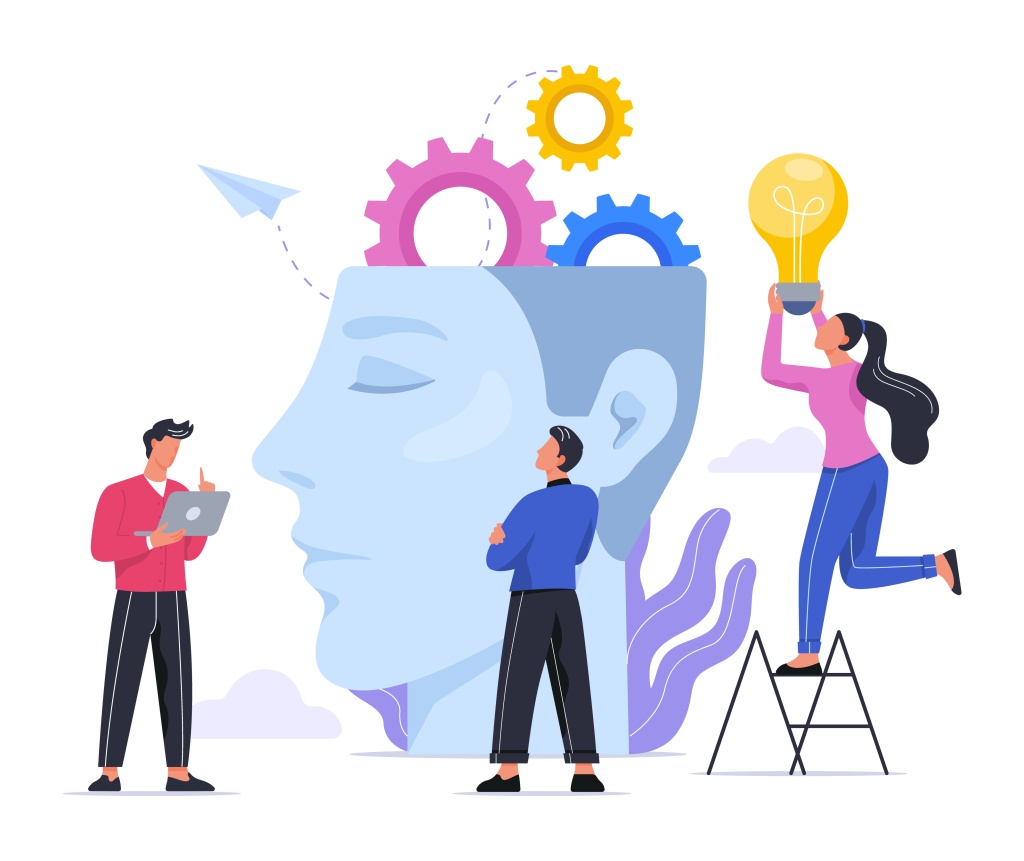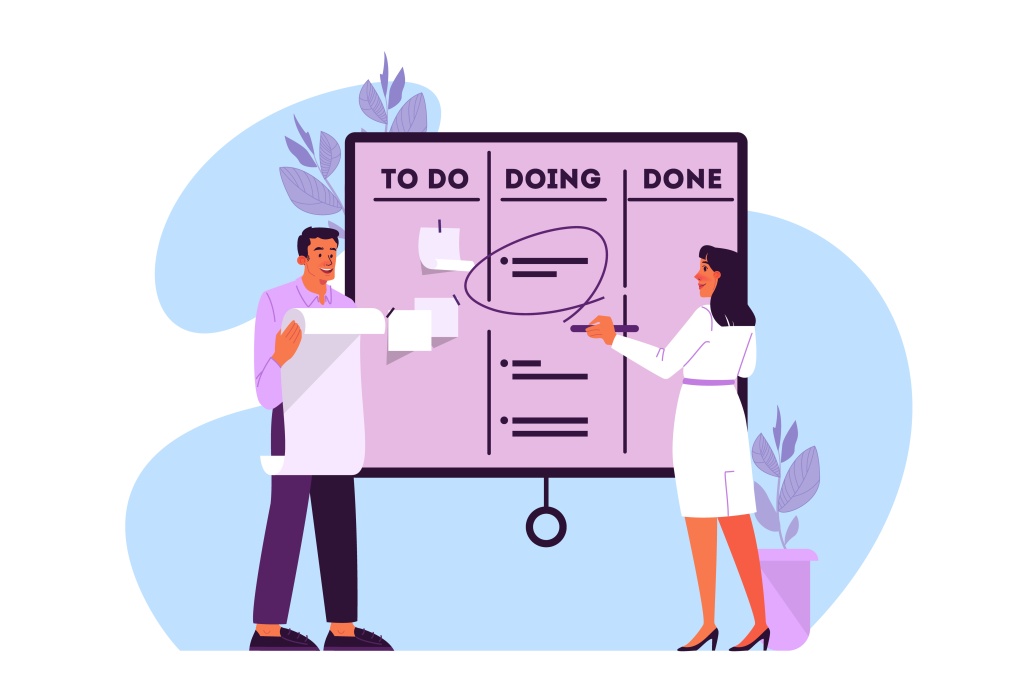Are you interested in your students being employable? Are you looking for a way to inspire their creativity and improve their problem-solving skills? Would you like to have students take control of their own learning? If you answer yes, yes, and yes, you might consider including Project-Based Learning (PBL) in your courses.

What is PBL?
Project-Based Learning (PBL) is a student-centered learning strategy that involves making connections to the real world. Different from a project with a set of rules that students follow until they complete it, PBL enables students to embrace and take charge of their learning. Students get to determine how to design and implement an appropriate solution to a driving question that is based on a real-world problem or scenario. Students take responsibility for their learning and decide how to demonstrate mastery either by developing a final product or presenting their findings. It is up to the students to control their research and inquiry process – allowing them to make discoveries and make connections that lead to deeper learning. The Project-Based Learning approach enhances students’ critical thinking and problem-solving skills by having them develop unique solutions.

Hear From Our Faculty
“The students are in charge. They identify a real-world learning need or opportunity that they can apply in the workplace right away.“
Dr. Corbeil on PBL
Dr. Maria Elena Corbeil is a Professor in the Department of Teaching and Learning. Over the past 18 years, Dr. Corbeil has been teaching fully online undergraduate, graduate, and doctoral courses in Educational Technology and Technology Education & Corporate Training. In the following video, Dr. Corbeil shares her perspective on the benefits of project-based learning and offers advice on getting started.
What’s Next?
Permit yourself to get started with Project-Based Learning (PBL). I know we can be apprehensive about starting something new either because we fear the unknown or think we might not have enough time to be successful. My advice here is to not dive in headfirst into the pool but rather take steady short steps into the shallow end of PBL.
- Start with a challenge or problem that is relevant to the students.
- Prepare driving questions aligned to a learning objective or course goal.
- Describe the project conditions and constraints.
- Provide students with enough time to explore and engage in research.
- Consider having students participate in a team project to develop teamwork and communication skills.
- Rather than providing information, prepare to facilitate and guide their learning.
- Remember to let students have a say in their learning.
- Establish milestones and checkpoints to allow you and your students to share feedback.
- Ask students to reflect on their work and what they’ve learned.
- Allow students flexibility in expressing and presenting their solutions – for example, a final product, an oral presentation, or recorded video.
Is your curiosity piqued? You may check out the Project Design Rubric to learn more about Project-Based Learning. An effective PBL consists of several elements; the rubric contains more details on this.
What design elements should you consider as part of Project-Based learning? According to the Buck Institute for Education, seven essential elements allow students to acquire key knowledge, understanding, and success skills. These are: a challenging problem or question, sustained inquiry, authenticity, student voice and choice, reflection, critique and revision, and public product. Together, these design elements engage students in relevant, authentic projects where they have control and allow you, the instructor, to monitor and calibrate their progress.

Sources
- Artinspiring. An idea of Kanban board. Digital image. Adobe Stock. Web. 10 Apr. 2021.
- Artinspiring. Idea Concept. Digital image. Adobe Stock. Web. 10 Apr. 2021.
- Brookfield, S. D. (1994). ‘Self-directed learning’, in YMCA George Williams College ICE301 Lifelong learning, Unit 1 Approaching lifelong learning. London: YMCA George Williams College. Available in the informal education archives. [https://infed.org/mobi/self-directed-learning/. Retrieved: 13 Apr. 2021].
- CAST (2018). Universal Design for Learning Guidelines version 2.2. Retrieved from http://udlguidelines.cast.org
- Corbeil, M.E. “Project Based Learning.” YouTube, 19 April 2021, www.youtube.com/watch?v=H0nDoDkW3jI
- “Gold Standard PBL: Essential Project Design Elements.” PBLWorks. Web. 16 Apr. 2021. Retrieved from https://www.pblworks.org/what-is-pbl/gold-standard-project-design
- O’Neill, Geraldine, Sarah Moore, and Barry McMullin. Emerging Issues in the Practice of University Learning and Teaching. Dublin: AISHE, 2005.
- Pijanowski, Lissa. “8 Principles of Deeper Learning.” Edutopia. George Lucas Educational Foundation, 23 Mar. 2018. Web. 14 Apr. 2021. Retrieved from https://www.edutopia.org/article/8-principles-deeper-learning
- Project Design Rubric. Novato: Buck Institute for Education, 2015. PDF. Retrieved from https://rosscoops31.com/wp-content/uploads/2018/08/BIE-Project-Design-Rubric.pdf

